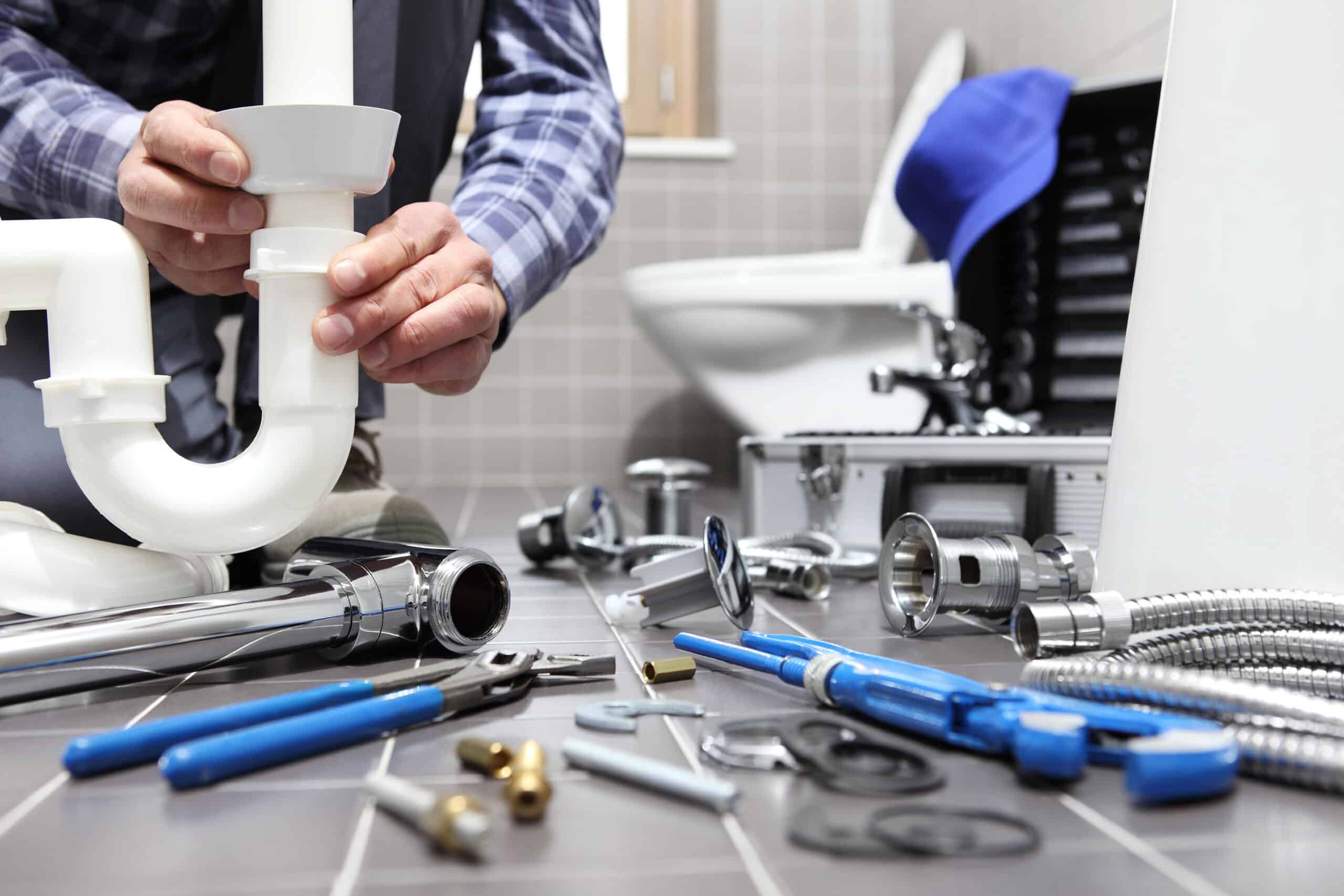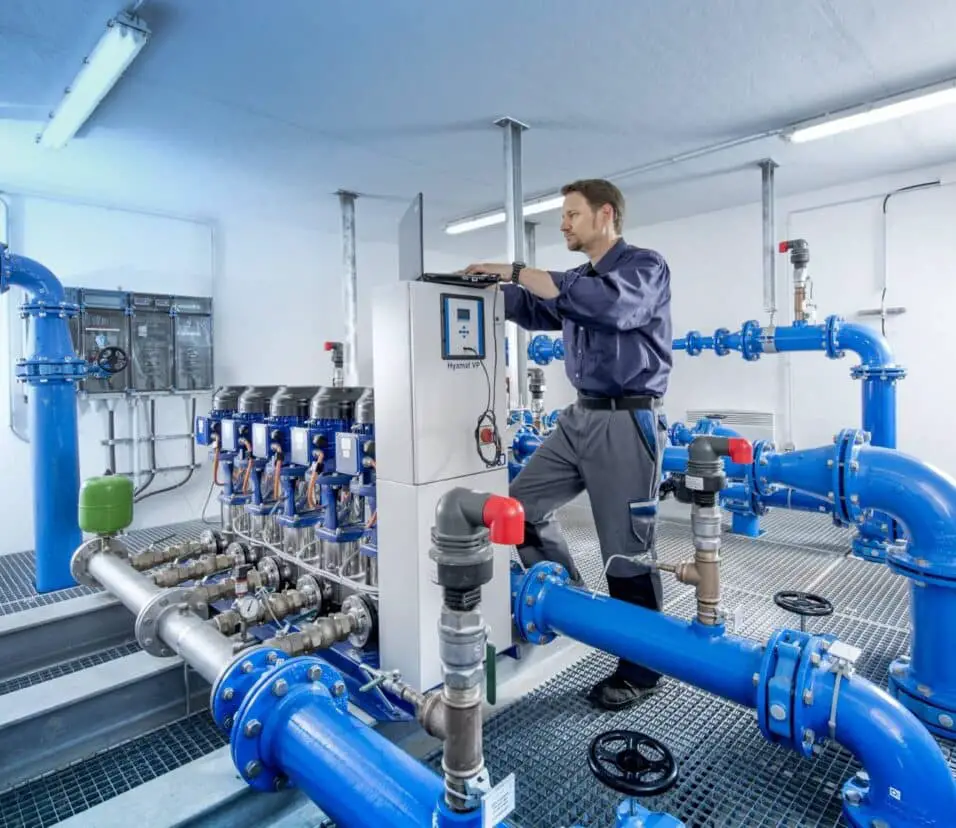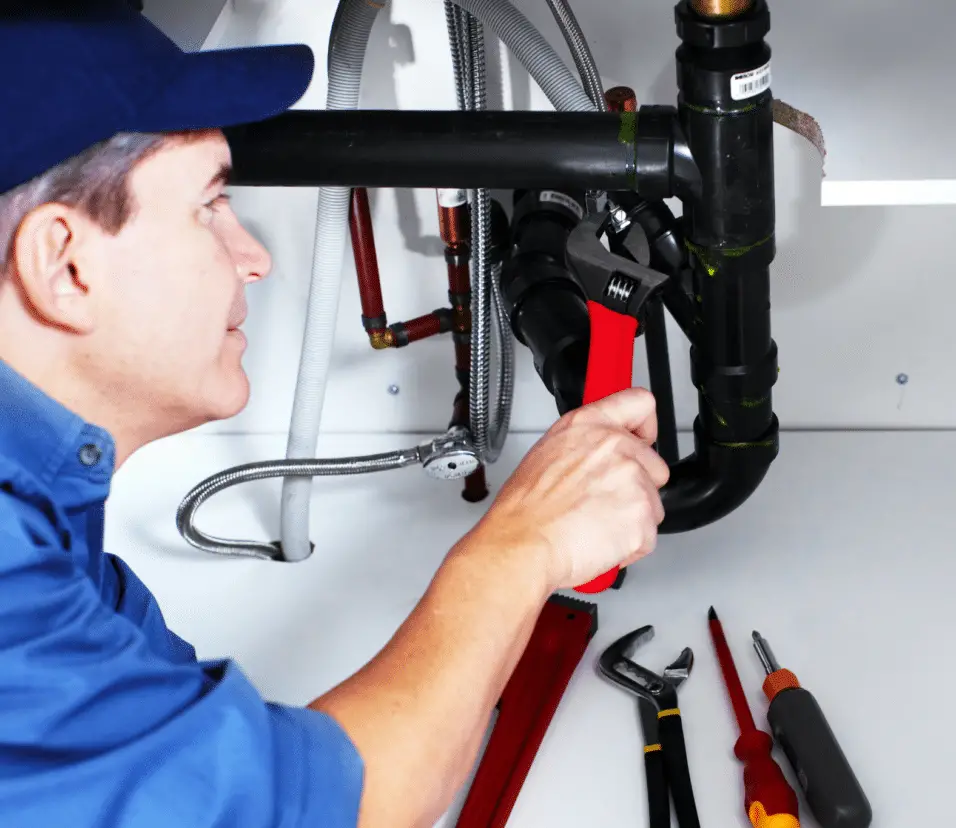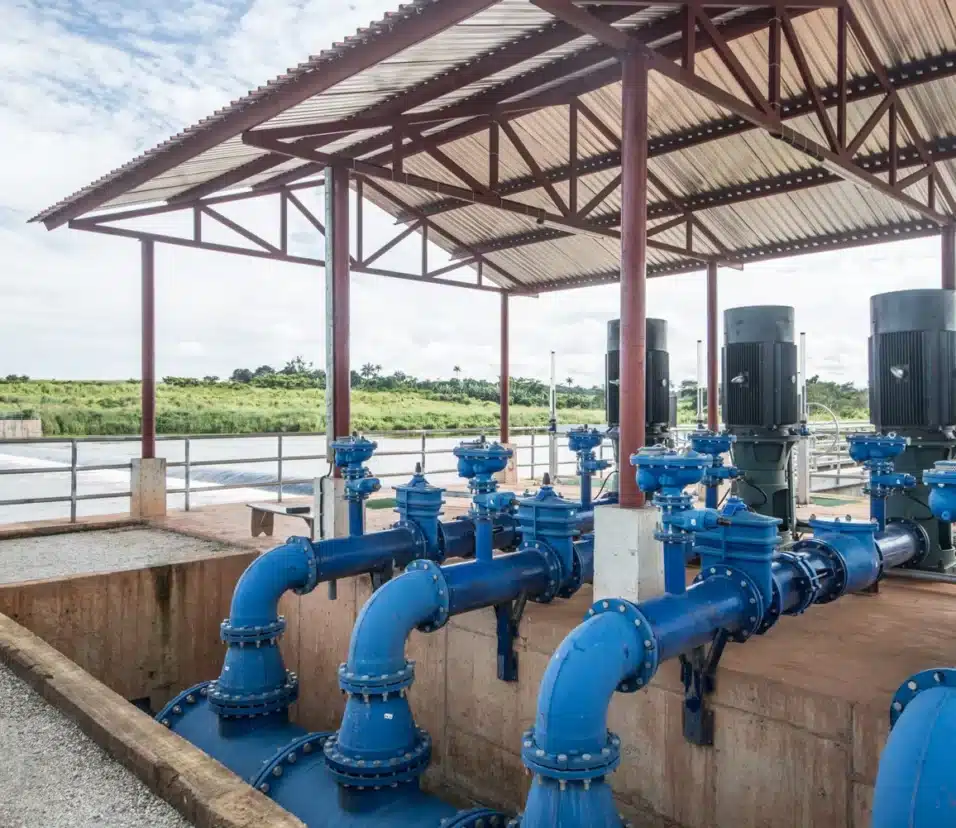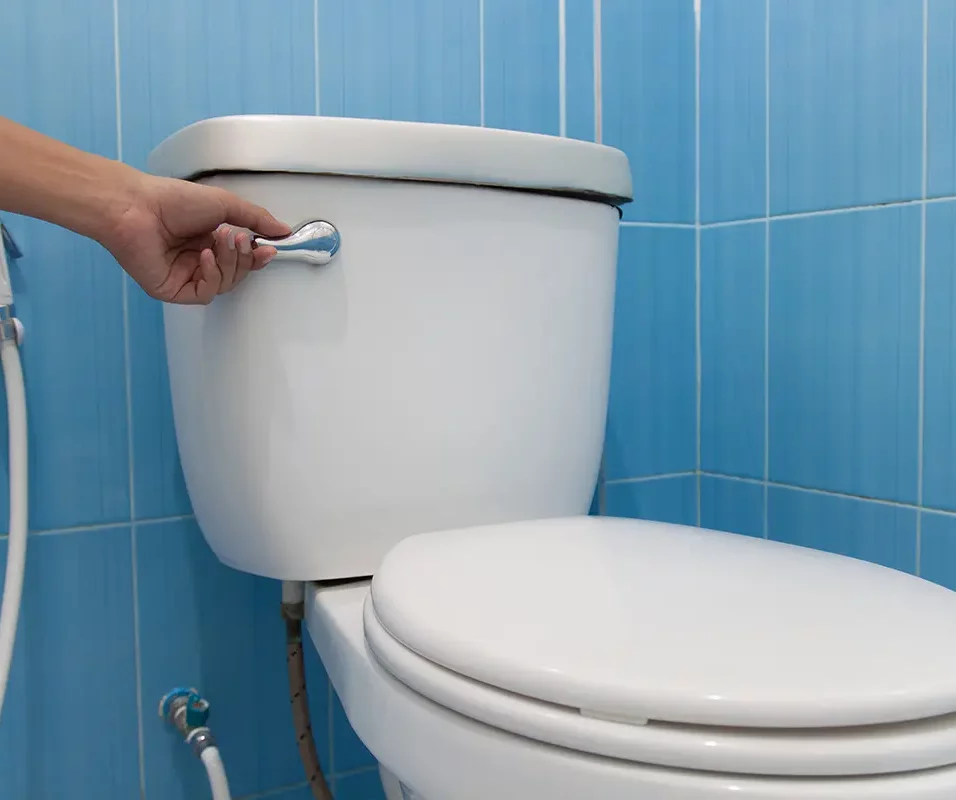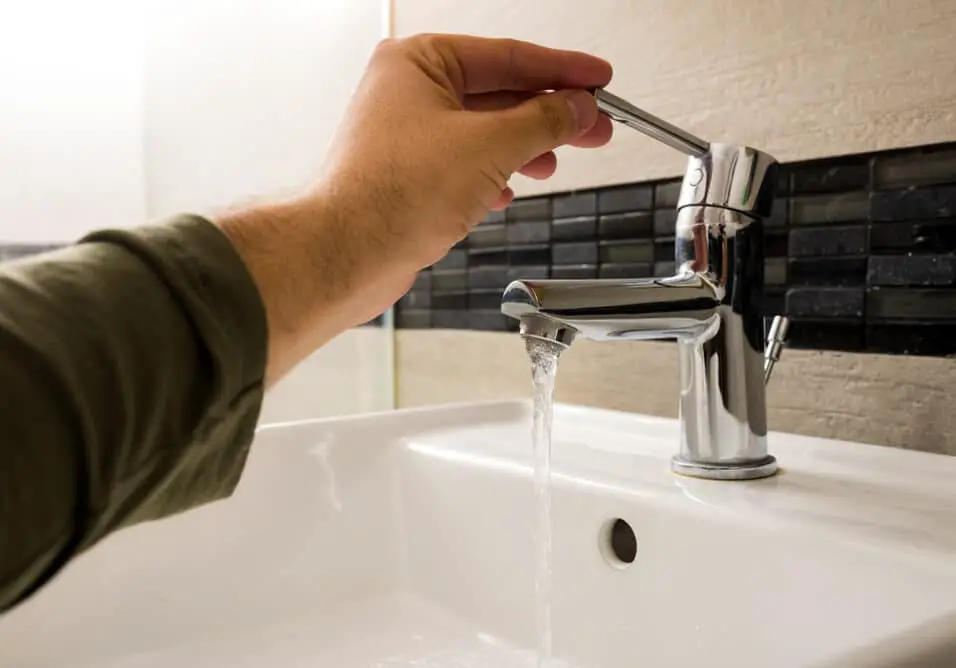How To Turn Off Bathroom Water Supply
Introduction
How To Turn Off Bathroom Water Supply: From shutting off the water to the sink and toilet to managing the water flow in your shower, we’ll cover everything you need to know to become a DIY plumbing expert. No need to panic the next time you face a leaking pipe or need to replace a faucet; with the knowledge gained here, you’ll be able to handle these situations with confidence.
The various types of shut-off valves commonly found in bathrooms, including compression valves, ball valves, and gate valves. We’ll explain the differences between them and demonstrate how to identify and operate each one correctly. Additionally, we’ll cover the essential tools you’ll need for the job, ensuring you have everything at hand to tackle any water supply-related issue.
Understanding the process of turning off the dishwasher water supply in your bathroom can be particularly crucial during emergencies, such as burst pipes, major leaks, or overflowing toilets. By being prepared and knowing how to act swiftly in these situations, you can minimize potential damage and prevent further complications. The ability to handle basic plumbing tasks, there are certain situations where professional help is essential. If you ever find yourself in doubt or dealing with a complex issue, don’t hesitate to seek assistance from a qualified plumber.
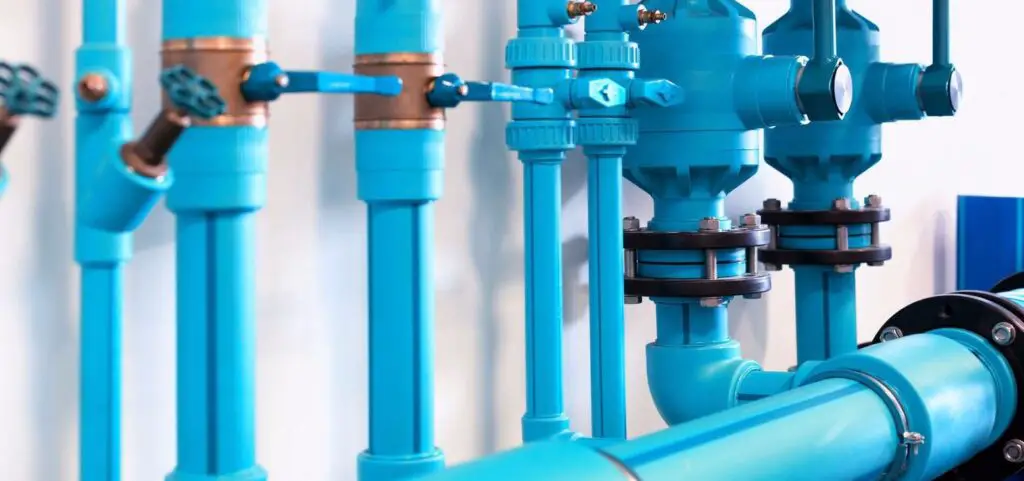
Is it OK to turn the water off to your toilet?
Like turning off your toilet’s water for a night, it’s safe for a week. You can turn off your toilet water for as long as you want, but we don’t recommend it unless you have a plumbing issue.
Turn off the water before fixing or maintaining your toilet. This keeps water out of the toilet tank and bowl, reducing spills and letting you work on the fixture safely. Water must be turned off to replace a flapper, fill valve, or flushing mechanism.
Continuous toilet use wastes water and raises utility bills. Off the toilet water helps troubleshoot and fix the issue. Turning off the water lets you find the leak and fix it, whether it’s a faulty flapper, fill valve, or other part.
Turning off the water can save your life if your toilet is going to flood. Finding the shut-off valve promptly and turning off the water helps prevent messy and dangerous situations. You must know the shut-off valve’s placement in advance to act quickly in urgent situations.
Turn off your toilet water when leaving home for a long time, such on vacation. Even little leaks that go undiscovered while your absence might cause water damage. Turning off the water reduces the likelihood of a leak while you’re away.
Why can’t I turn off the water to my toilet?
Usually this is caused by one of the following problems: The water level in the tank may be at or above the top of the overflow pipe. The flapper or stopper ball that closes off the outlet at the bottom of the tank may be defective. The fill valve may need replacing.
The most common reason for not being able to turn off the water to your toilet is a stuck or frozen shut-off valve. Shut-off valves can become corroded or accumulate mineral deposits over time, making them difficult to operate. If the valve has not been turned off for an extended period, it might become stuck in its current position.
First, try using gentle force to turn the valve. Be cautious not to apply too much pressure to avoid damaging the valve. If it remains stuck, applying a lubricant or penetrating oil to the valve stem may help loosen it. Allow the lubricant to sit for a while before attempting to turn the valve again. If the valve remains stubborn, it may require replacement. Shut-off valves, like any mechanical component, can wear out or develop internal issues over time.
If you suspect the shut-off valve is faulty, it’s best to have it replaced by a professional plumber. Attempting to repair a faulty valve can be tricky and might not provide a lasting solution. A qualified plumber can assess the issue and install a new, reliable shut-off valve.
Rust and corrosion can affect shut-off valves, especially in older plumbing systems or in areas with hard water. The presence of rust can hinder the smooth operation of the valve, making it difficult to turn off the water.
If the shut-off valve is affected by rust and corrosion, it may require cleaning or replacement. Professional plumbers have the expertise and tools to deal with rusted shut-off valves effectively.
In some cases, high water pressure in the plumbing system can make it challenging to turn off the shut-off valve. High water pressure can cause the valve to resist turning, even if it is otherwise in good condition.
Why is my bathroom tap difficult to turn off?
Figuring out why the tap is difficult to turn is the first step. Your valve may be worn out or there could be limescale build up. Either way, the fix is relatively easy. The key is paying attention to the order you take apart the tap, so you can reverse that order when putting back together.
Over time, mineral deposits and sediment from the water supply can accumulate inside the tap’s cartridge or aerator. This buildup restricts the smooth movement of the tap handle, making it difficult to turn off.
Cleaning the tap’s cartridge and aerator is often the first step in resolving this issue. You can try soaking the aerator in a mixture of vinegar and water to dissolve the mineral deposits. If the problem persists, the tap’s cartridge may need replacement, which is best handled by a plumber.
The cartridge inside the tap is responsible for regulating the water flow. Over time, it can wear out or become damaged, leading to increased resistance when turning the tap on or off.
Replacing the cartridge is the most effective way to resolve this problem. Cartridges come in various shapes and sizes, so it’s essential to identify the correct type for your tap model. A plumber can assist in finding the right replacement and installing it correctly.
If the tap’s mechanism is faulty, it may need to be repaired or replaced. It’s best to consult with a professional plumber to assess the situation and determine the appropriate course of action.
Exposure to moisture can cause the tap’s internal components, such as screws and nuts, to corrode or rust over time. This corrosion can hinder the smooth movement of the tap handle.
Do all toilets have shut off valves?
Most toilets come with a built-in shut-off valve that is easy to access. It’s important to know where the shut-off valve is when fixing things like a wiggly flush handle.
In older homes, particularly those built before the mid-20th century, shut-off valves for toilets were not always a standard feature. Plumbing practices and building codes have evolved over time, and older homes may have centralized shut-off valves located at the main water supply point rather than individual valves for each fixture.
If your older home lacks a shut-off valve specifically for the toilet, it may be beneficial to consider having one installed. A professional plumber can help assess your plumbing system and advise on the best course of action.
In contemporary plumbing practices, it is more common to have shut-off valves for individual fixtures, including toilets. Building codes often require toilets to have dedicated shut-off valves to ensure easy access and maintenance.
If you have a modern plumbing system, chances are your toilet is equipped with a shut-off valve. In this case, it is essential to know the location of the shut-off valve and regularly check that it functions correctly.
The presence of shut-off valves may also depend on the builder or manufacturer practices. Some builders may choose to include shut-off valves for all fixtures, while others may not. Similarly, certain toilet models may come with built-in shut-off valves, while others may not have this feature.
If you are unsure whether your toilet has a shut-off valve, you can check behind or to the side of the toilet tank for a valve knob or lever. It is usually located near the floor and can be turned clockwise to shut off the water supply.
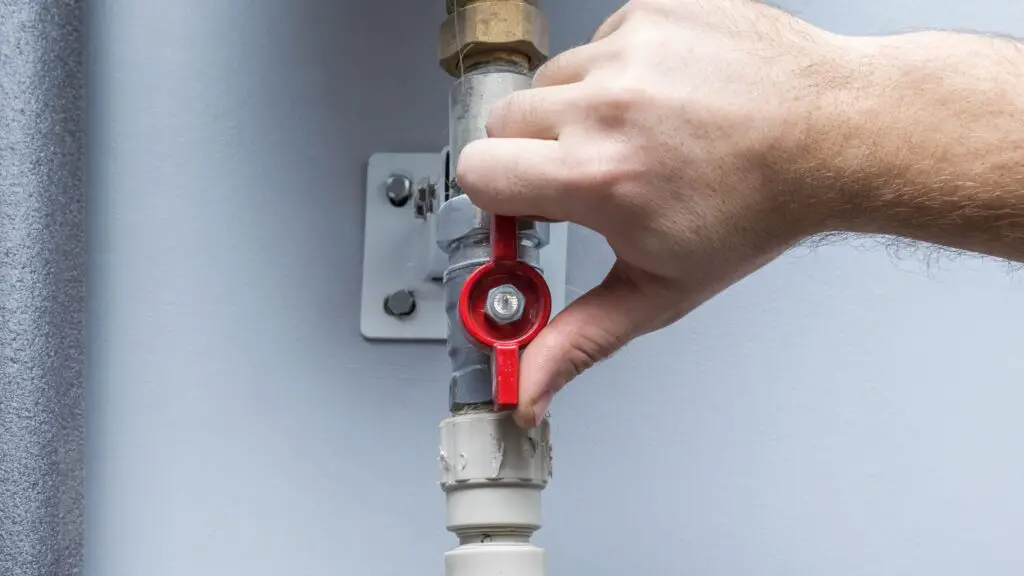
Why is my toilet leaking after I turn off the water?
Problem With the Shutoff Valve
When the shutoff valve experiences leaks, it’s often due to loose packing nuts that make up these valves. Examine the flapper for any signs of wear, cracks, or misalignment. Adjust or replace the flapper if necessary to ensure a proper seal when the toilet is not in use.
A crack or damage to the toilet tank can lead to persistent leaks, even when the water supply is off. These leaks can be particularly tricky to detect as they might only occur under certain conditions.
Thoroughly inspect the toilet tank for any visible cracks or damage. If you find any, replacing the tank is the most effective solution. In some cases, minor cracks might be repairable, but it’s generally best to replace the tank to prevent further issues.
In certain situations, water condensation on the toilet tank might be mistaken for a leak. This condensation can occur when the toilet tank is colder than the surrounding air, leading to the formation of droplets on the exterior.
To verify if the issue is indeed water condensation, dry the exterior of the toilet tank completely. If the “leak” does not reappear, it was likely due to condensation, and no repair is necessary.
After turning off the water supply, you might notice a small amount of water still draining into the bowl from the tank. This residual water can give the impression of a leak.
This is a normal occurrence and nothing to be concerned about. The small amount of water draining into the bowl should stop after a short while. However, if it continues for an extended period, other causes should be investigated.
Is there a valve to turn water off at water main?
Locating the proper valve
Basements – the shut-off valve is typically located near the front foundation wall. The main water may come through the concrete floor or through the wall. The valve is typically within three to five feet of where the main water enters.
The location of the main shut-off valve depends on your property layout and local plumbing norms. Some homes have the primary shut-off valve in the basement or crawl area near the water main. Some have it in an underground valve box near the property border.
Gate and ball valves are common main shut-off valves. Older gate valves use a wheel-like handle to raise or lower a gate to control water flow. However, ball valves use a lever handle to rotate a ball with a hole to allow or halt water flow.
The main shut-off valve controls your home’s water supply and is essential to your plumbing system. For emergencies, repairs, or long-term absences, you must know where this valve is and how to use it.
Knowing the main shut-off valve helps you act quickly in plumbing situations, preventing water damage and giving you more control over your home’s plumbing system. Hire a plumber if you have any problems with the main shut-off valve or are unsure how it works.
Should I turn off water if toilet is leaking?
If your toilet bowl is leaking, it’s smart to turn off the water at the shutoff valve. You will usually find it behind your toilet.
Prevent Water Damage: Leaking toilets can leak into floors and walls, causing mold growth.
Avoid Flooding: The leak may cause water to spill into the toilet bowl or floor. During big leaks or emergencies, turning off the water helps prevent floods.
Assess the Issue: After turning off the water, inspect the toilet to find the leak.
Reduce Water Waste: Leaking toilets waste a lot of water, raising utility expenses. Turning off the water eliminates waste and conserves water until the leak is addressed.
The shut-off valve is usually behind or to the side of the toilet, near the floor. It might be a lever or small, spherical knob. To turn off the water, turn the valve handle clockwise (right) until it stops. This should fully cease toilet water flow.
After turning off the water, flush the toilet to empty the tank. Turning off the water supply stops water from entering the tank. The water supply can temporarily relieve the leak, but the root cause must be addressed.
What is a main water shut-off valve?
A main water valve stops the flow of water from the water meter to the entire house. Other water valve types shut off the water at individual appliances, fixtures and faucets. This guide reviews the types of water shut-off valves, how they are used and where to find them inside and outside your home.
In the event of a burst pipe, major leak, or any other plumbing emergency, the main shut-off valve allows you to quickly stop the water supply to prevent extensive water damage and flooding.
When conducting repairs or maintenance on your plumbing system, shutting off the water at the main valve ensures a safe and dry working environment.
When leaving your home for an extended period, turning off the main shut-off valve is recommended to prevent potential leaks or water-related issues while you’re away.
Shutting off the water at the main valve during periods of non-use, such as at night or when no one is at home, helps conserve water and reduces utility costs.
In some homes, especially those with basements or crawl spaces, the main shut-off valve is often found inside the home, near where the water main enters the building. It may be situated in a basement utility room, near the water heater, or close to the foundation.
In other cases, the main shut-off valve may be located outdoors, often near the property line or close to the exterior wall of your home. It may be inside a valve box or encased in a protective cover to shield it from the elements.
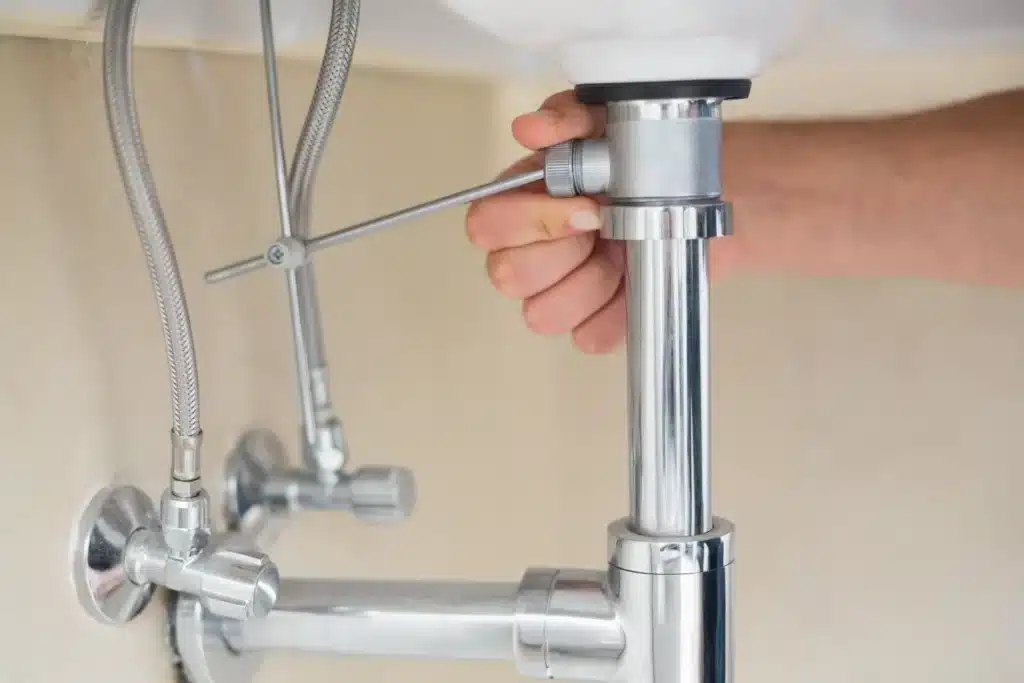
Conclusion
By learning how to identify and operate different types of shut-off valves, such as compression valves, ball valves, and gate valves, you’ve gained the ability to shut off the water flow to sinks, toilets, and showers with ease. This essential knowledge not only empowers you to perform minor plumbing repairs and maintenance but also gives you the confidence to act swiftly during plumbing emergencies, reducing the risk of water damage to your home.
Remember that safety should always be a top priority when dealing with plumbing matters. Always shut off the water supply before attempting any repairs or maintenance tasks, and if you encounter a plumbing issue beyond your expertise, don’t hesitate to seek professional help. The more you know, the better equipped you’ll be to handle various household challenges confidently.
Having a good understanding of how to handle bathroom water supply situations not only saves you time and money but also fosters a sense of independence and control over your living space. Regularly inspecting and maintaining your bathroom’s plumbing can prevent potential problems from escalating into major headaches, ensuring your home remains in good condition. As you continue your journey as a proactive homeowner or tenant, consider expanding your knowledge in other areas of home maintenance and improvement.



